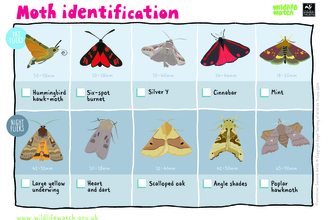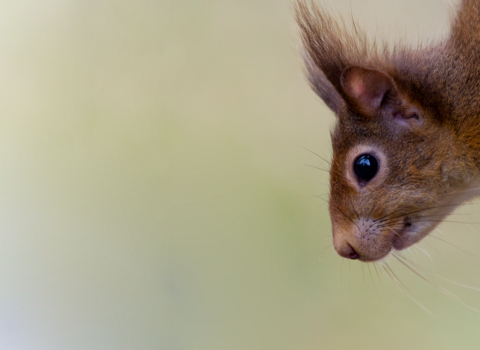Winter moth © Vaughn Matthews
Winter moth
One of the few moths that fly in winter, often seen in car headlights.
Scientific name
Operophtera brumataWhen to see
Adult: October to JanuaryCaterpillar: April to June
Species information
Category
Statistics
Forewing length: 13-16mmConservation status
Common
Habitats
About
This broad, pale brown moth is one of the few species that can be seen on the wing in winter. They fly at night and are attracted to lights, though you can also find them resting on tree trunks. These are the moths you're likely to see fluttering in car headlights in winter. They can be found almost anywhere with trees and shrubs.Female winter moths have stubby wings and cannot fly. They clamber up a tree trunk and give off pheromones to attract flying males. Their eggs are laid on the bark and don’t hatch until spring, when the tiny green caterpillars emerge. You might see them hanging down from trees on long threads of silk. They use these threads to drift from one tree to the next. The caterpillars feed on the leaves of a wide range of woody plants, including oaks, beech, sycamore and willows.
How to identify
Males are a broad moth with a rounded, almost triangular shape. They're pale brown or greyish, with a darker band across the centre of the forewing - though this isn't always obvious. The hindwing is brown. Females barely look like a moth. They are dark grey with little stubs for wings.The northern winter moth looks very similar, but males are usually paler, with more tapered forewings and a whiter hindwing. The females have longer wings, which reach halfway down the body.
Caterpillars are tiny and green, with a dark line running along the top of the body.



